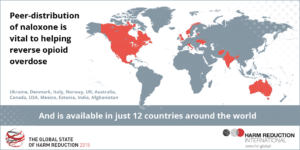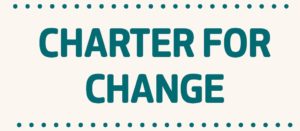The Blue Light Project
An exciting new project from Alcohol Concern challenges the myth that people with alcohol problems can only be helped to change if they want to change. The initiative developed out of a long-known concern that people with entrenched alcohol problems cause a lot of damage to themselves and others.
Alcohol Concern examined a random sample of 24 domestic homicide reviews and found that alcohol played a significant contributory role in 75% and in most of these cases perpetrators and, sometimes victims, were treatment resistant drinkers.
The Blue Light Project is a new initiative to develop alternative approaches and care pathways for those treatment resistant drinkers who place a burden on public services.
This group of drinkers is a key contributor to a range of issues from emergency hospital admissions and readmissions to crime and disorder. In an average local authority area high risk treatment resistant drinkers number at least 450 and will cost public services a minimum £12.5 million per annum.
[divider]
Something can be done
Owing in part to the very limited capacity of alcohol treatment services, providers have traditionally focused on problem drinkers who want to change with others (typically referred from the criminal justice system) merely provided with a brief educational intervention about the harms that alcohol can do.
The Blue Light project challenges this traditional approach and radically changes the working agenda by showing that there are positive strategies that can be used with this client group.
Drawing on both motivational and harm reduction approaches it provides non-specialist and specialist workers with tools they can use and pathways they can follow which help to manage the risk and directly reduce associated problems such as domestic abuse, fire deaths and health problems.
[divider]
The manual
The project has produced a manual written by Mike Ward and Mark Holmes which includes the following key resources:
- Tools and frameworks for understanding why clients may not engage
- Risk assessment tools which are appropriate for drinkers
- Harm reduction techniques and sentences workers can use
- Advice on crucial nutritional approaches which can reduce alcohol related harm
- Questions to help non-clinicians identify potential serious health problems and deliver enhanced personalised education
- Management frameworks
- Guidance on legal frameworks
- Training materials to disseminate the techniques.
Each of the tools has drawn on a national  and international evidence base and has been peer reviewed both by workers at a local level and clinicians within NHS England and Public Health England.
and international evidence base and has been peer reviewed both by workers at a local level and clinicians within NHS England and Public Health England.
Above all the manual offers a fundamental positive message that change is possible. Research shows that these clients are not as unmotivated as they seem. At least 40% of higher risk and dependent drinking clients will try and change each year. The Blue Light project provides the tools for building on this.
If you have experience of working with the client group and/or have used the resources from the Blue Light project, please share your experiences via the comments section below.







